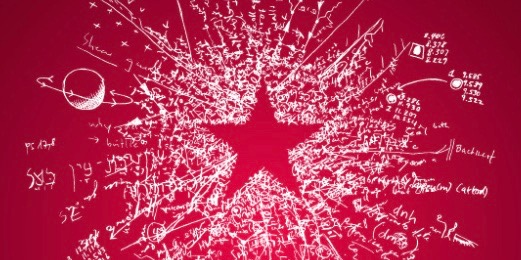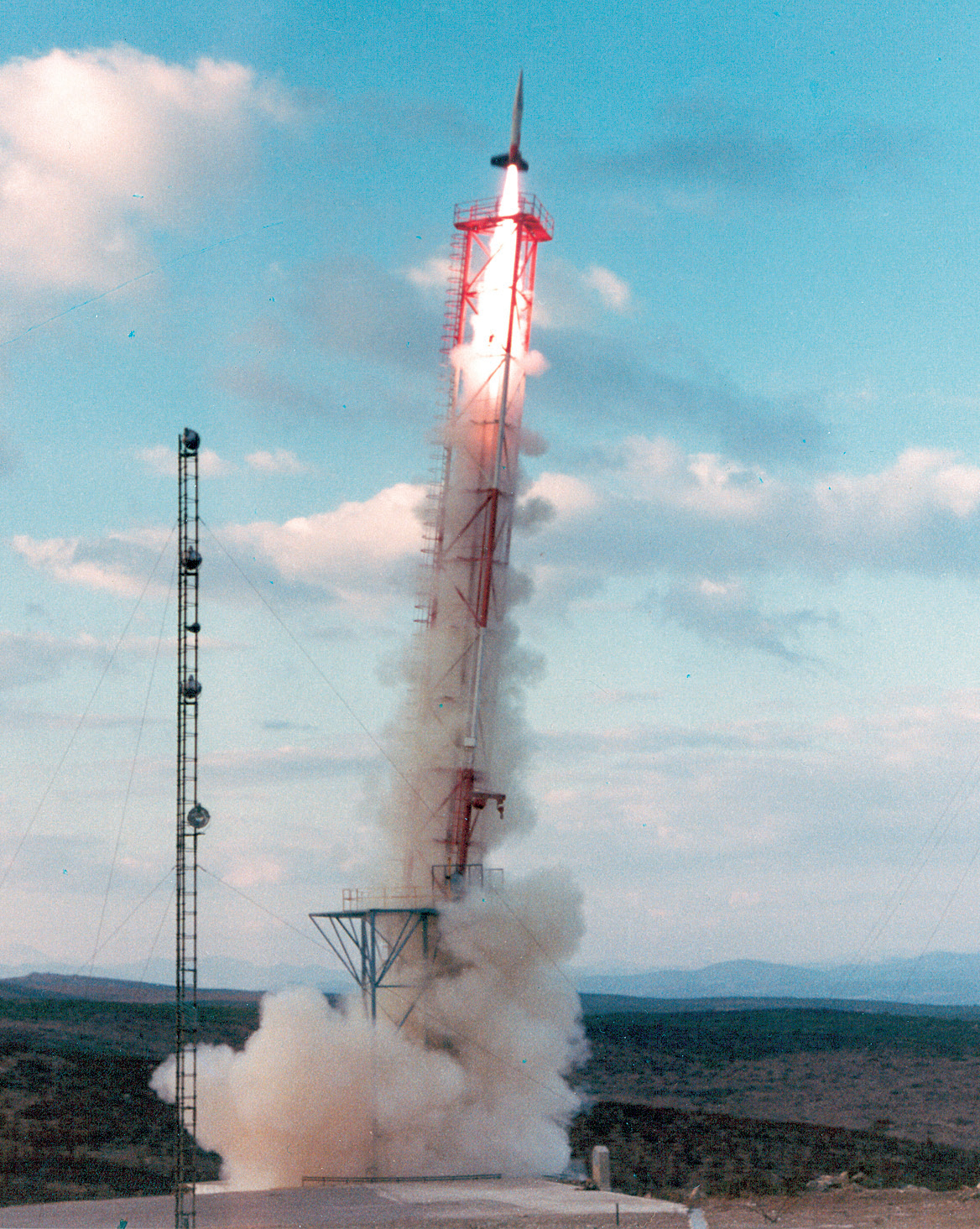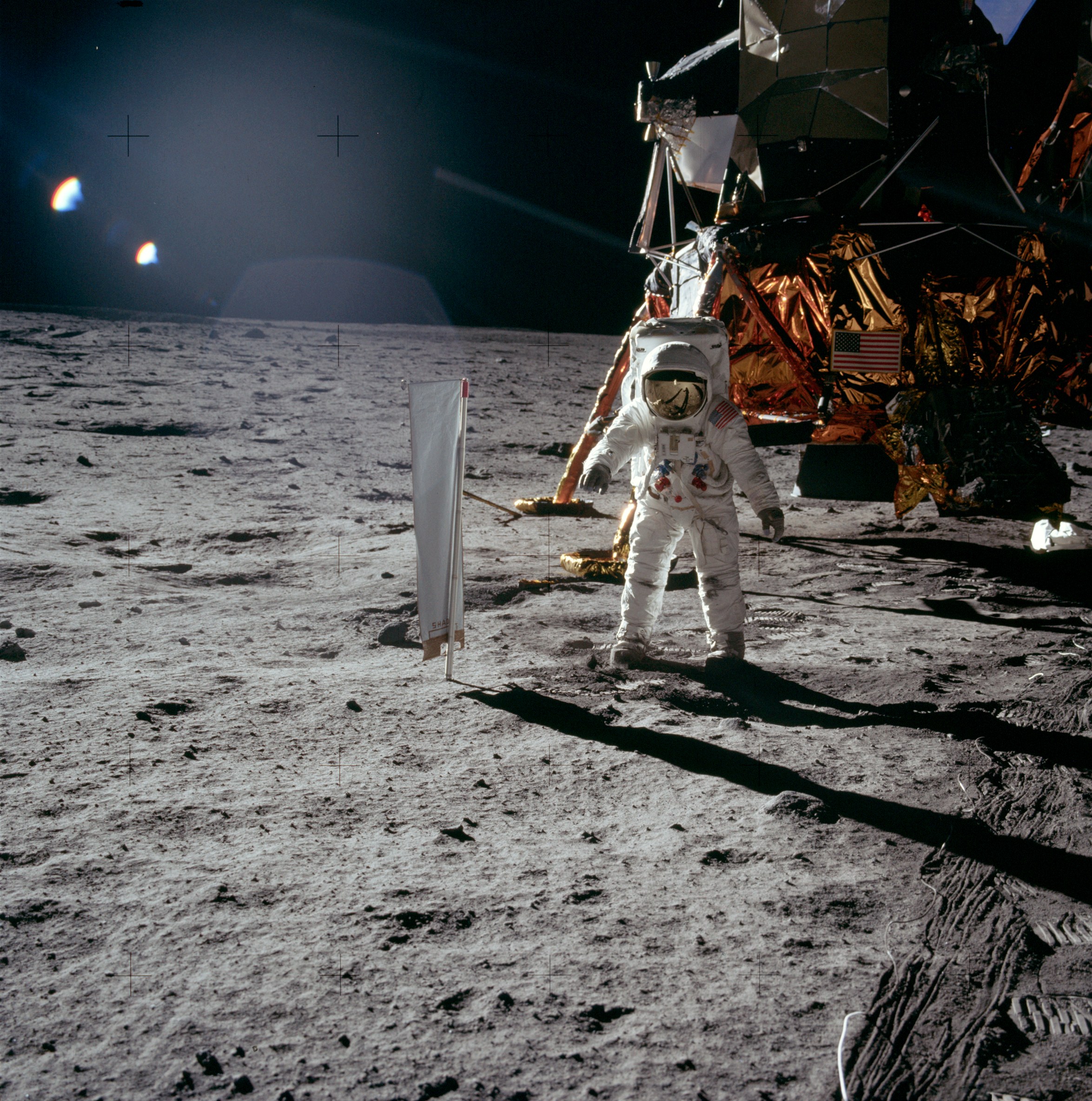Space research at «Nacht der Forschung»

Highlight of the third «Nacht der Forschung» of the University of Bern: 50 years space research
At the «Nacht der Forschung» on Saturday September 16th, 2017, visitors of all ages will have the opportunity to meet more than 400 Bernese researchers and to try a broad choice of hands-on activities. As a highlight of the event, the Space Research and Planetology division (WP) of the Physics Institute will present an outstanding exhibition of flight instruments, celebrating 50 years of space research at Uni Bern.

On October 27th, 1967: Launch of the first Swiss Zenit rocket in Sardinia with Bernese science instruments on board. © Contraves Space.
It was only a little flight to the upper atmosphere of the Earth – but a big jump for the space research of the University of Bern: on October 27th, 1967, a Zenit rocket from the Swiss company Contraves started with Bernese instruments on board to investigate the atmosphere up to 145 kilometres over the surface of the Earth. «From today’s perspective, this looks rather unspectacular, but at that time, it was dramatic,» explains Peter Wurz, leader of the Space Research and Planetology division (WP) of the Physics Institute. In the record time of a few months, Bernese scientists developed pressure measuring instruments, which were small, light and solid enough to endure the start of the rocket. This, although the quality of the measurements was as good as the one of huge laboratory instruments. The Bernese space researcher mastered this almost impossible task straightaway. This professional competence became over the years the trademark of the Bernese space research.
‘Swiss flag’ flew to the Moon with Apollo-11
But already two years after the start of the Zenit rocket, they became world-renowned, when the Solar Wind Composition (SWC) Experiment could fly with the Apollo-11 mission, as the only none US-American experiment. This nicknamed ‘Swiss flag’ experiment was unrolled on the Moon before the US flag, by astronaut Edwin «Buzz» Aldrin. The aluminium foil captured sun particles, which were analysed in Bernese laboratories with especially developed mass spectrometers. This great success was the beginning of more than thirty years solar wind research at the University of Bern with numerous flight instruments.
With the availability of more powerful rockets and more complex space crafts, the research interests shifted from close to the Earth to deeper into space. «This enabled us to push the borders of knowledge further and further outwards,» says Peter Wurz. So the Bernese physicists contributed with mass spectrometers and high resolution cameras to the study of the Magnetosphere, of Venus, Mars und even comets, like Halley and 67P/Tschurjumow-Gerasimenko. Looking forward, 2018, the Bernese BELA laser altimeter and the STROFIO mass spectrometer will start towards Mercury with ESA’s BepiColombo mission. For 2022, a journey to Jupiter with Bernese experiments on board of the JUICE mission is in preparation. And to gain knowledge about exoplanets, Bernese space researchers today lead the whole CHEOPS mission together with ESA and are in charge of the assembling and testing of the space telescope, which will be launched in 2018.

July 1969: Apollo-11 on the Moon with the Solar Wind Composition (SWC) Experiment of the Space Research and Planetology division (WP) of the Physics Institute from the University of Bern. Astronaut Edwin «Buzz» Aldrin stands next to the Bernese experiment. © NASA, Apollo Image Archive.
Space research activities at the «Nacht der Forschung»
So everybody is kindly invited to come and discover the 50 years jubilee exhibition of the Bernese key contributions to space research at the «Nacht der Forschung» at Uni Bern. To complement this exhibition of flight instruments, adults and children are invited to chat with scientists about their projects, to listen to talks about 50 years space research, Mars and CHEOPS missions, and the chase on planet no 9. Last but not least, everybody can experiment various hands-on activities: Feel like walking on Mars thanks to virtual reality glasses; with sand and water, try to reproduce features observed, and maybe designed by water, on the surface of Mars; have a look at the CHEOPS laboratory and simulate the transits of various sized planets; create your own mini-comet with dry ice; learn more about Trappist-1, the record-breaking extra-solar system of seven earth-sized planets; get your own ALMA virtual antenna on your smartphone; differentiate meteorites from common stones; tinker paper models of space crafts; make your own star chart; and when it will be dark enough, observe the night sky with telescopes on the roof of the building and have also a look, via web platform, to the stars above the Stellarium Gornergrat in Zermatt.
Suitable for the whole family. Free admission.
Date: Saturday September 16th, 2017
Time: 16:00 – 24:00
Location: University of Bern
Space research: building of Exakte Wissenschaften
Other topics: around Uni main building and UniS
More information: www.ndfprogramm.unibe.ch

